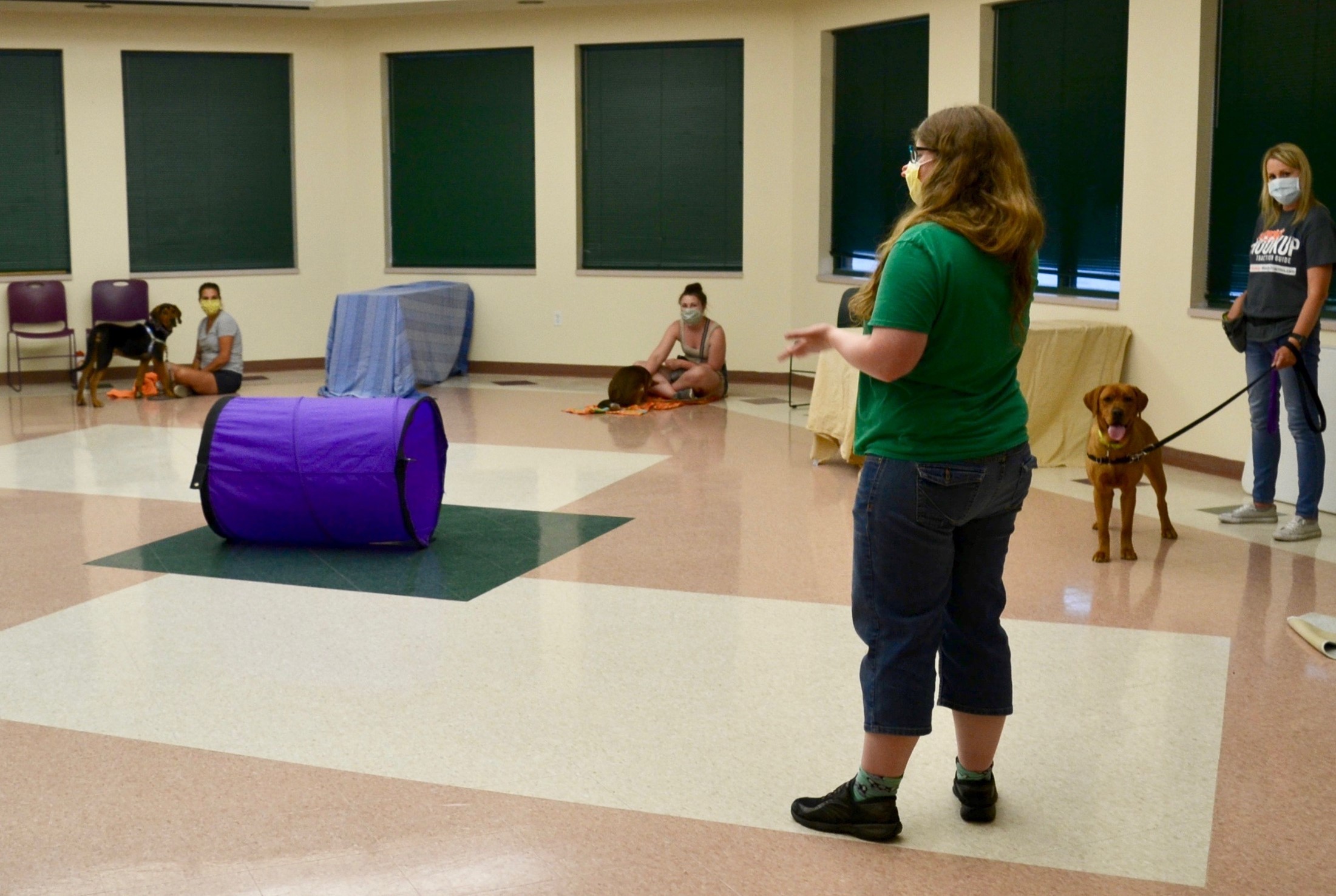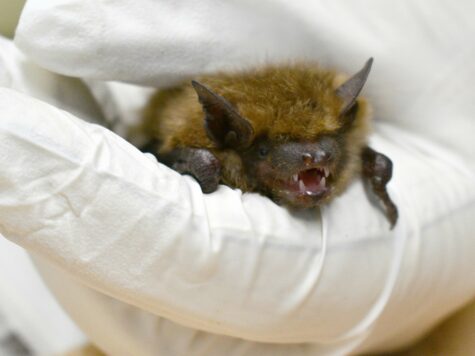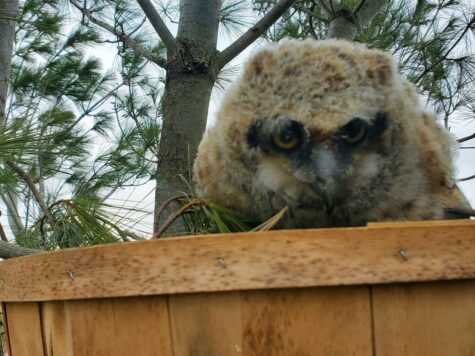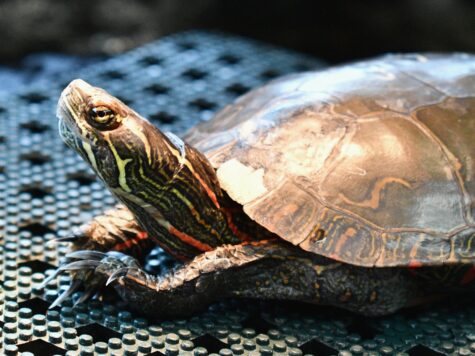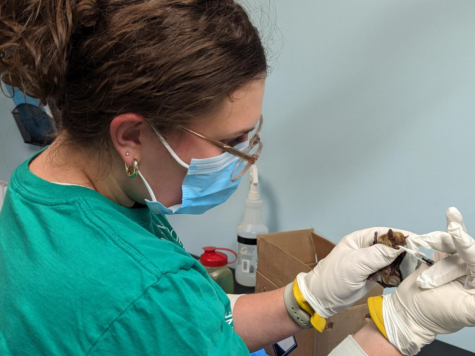Given the variety of methods and products available when training a dog, you might find it confusing to determine what will work best for you and your furry friend. Some may seem to work for what you’re hoping to achieve, but have you considered what side effects they may be causing in your best friend?
“Some methods of dog training have fallout that is detrimental to their wellbeing, those primarily being punishment-based methods such as prong and pinch collars, shock collars, and a reliance on punishment or corrections” says Nikki Darga, a certified dog trainer who has been involved with dog training classes at Dane County Humane Society since May 2016. “Some of these things will work. But what else are they learning?”
Some may believe these methods are necessary to prevent a dog from “dominating” them. But this dominance theory of training has been debunked many times over the years.
“Your dog is not trying to dominate you or take over your household,” Nikki says. “Your dog is just trying to have a life, have his or her basic needs met. They are trying to have a relationship with you and no relationship is healthy with excessive punishment involved. Your relationship should be a partnership with your dog.”
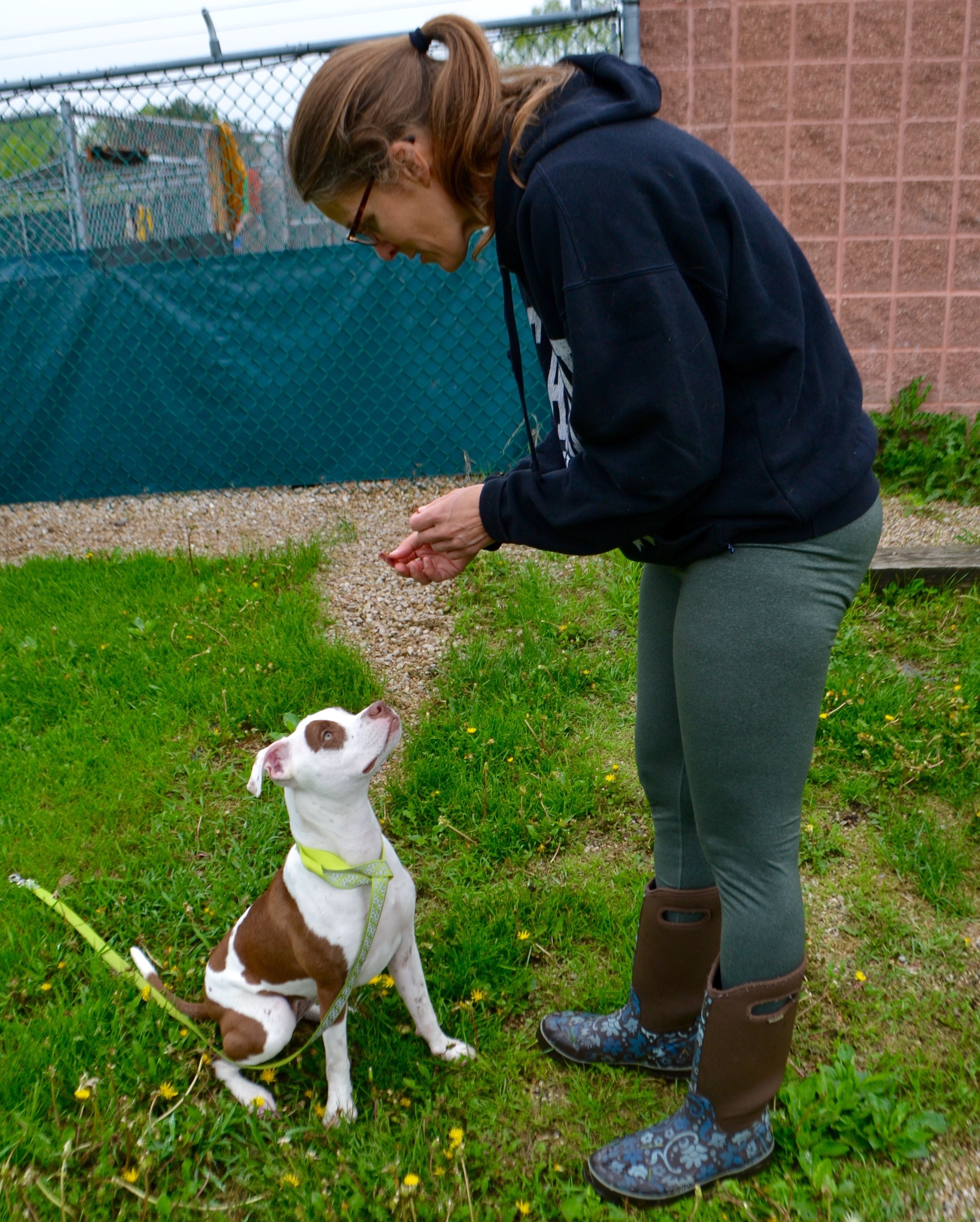
DCHS offers a variety of dog training classes designed to help build that positive relationship between you and your dog. DCHS uses a training method based on positive reinforcement known as LIMA – Least Intrusive, Minimally Aversive.
“Positive reinforcement training means we are rewarding the dog for behaviors we want to see continue in the future. We then set up the environment so that behaviors we don’t want either can’t happen or we move past those behaviors so that we can be more proactive in the future,” Nikki says. “It doesn’t mean there are no boundaries, it just means that we are teaching the dog what they should be doing instead of the undesirable things and removing their ability to practice those things if we can.”
And sometimes, reducing undesirable behaviors doesn’t even require teaching. Nikki explains, “A lot of positive training doesn’t always even involve training. It involves meeting the dog’s basic needs.” For example, your dog may need more exercise or is teething and needs something to chew on.
For thousands of years, dogs were bred for specific jobs. But in the last 50 to 75 years, the average dog’s life has changed drastically. Now, their food is put in a bowl, and they’re left alone for eight or more hours a day. When their human returns home tired from work, the dog is expected to stay relaxed and then it’s time for bed.
“A lot of dogs were meant to be doing something for most of the day,” says Nikki. “Some of these behaviors you’re seeing are just a lack of needs being met. If we can meet those needs, that is going to help.”
For example, some dogs need to release their cooped-up energy. “A lot of behaviors can be fixed by doing what a trainer named Sarah Stremming refers to as decompression walks,” Nikki says. These are walks in the woods or hikes, off leash or on a long line if possible. “They’re so beneficial for their mind and body, and for yours,” she adds.

Potential Side Effects of Punishment Training
“Sometimes you’ll see dogs that are doing fantastic obedience who’ve been trained using aversive methods, but do they look like they’re having joy in this moment?” says Nikki.
Nikki competed for several years in obedience training with her dog Kona, and the judges always loved seeing Kona’s tail wagging throughout competitions. “(It showed) she was just so happy to work with me,” Nikki says. “It’s this balanced relationship with your dog where you’ve learned to live with this other species in a harmonious way that is really a special thing. It’s gratifying when your dog wants to do something for you because they find it fun, engaging, and interesting, instead of doing it because they’re afraid of you.”
Fear is one of the side effects of some aversive methods. Dogs can also learn to associate various people, places, or things with pain.
As an example, some dogs wear shock collars to stop them from barking out the window. This could potentially quiet them down, but it could also teach them that looking out the window is scary or they could become fearful of other dogs because they get punished every time one is present, Nikki explains. One client who used a shock collar approached Nikki for help because the dog started biting people since it learned to associate pain with people.
Shock collars can potentially lead to a worse aggressive outcome, she adds.
“A lot of punishment methods can make your dog dangerous because fear can lead to lashing out, because they’re scared of what’s going to happen, and they want to protect themselves,” Nikki says.
Nikki also worked with a dog that did not realize there was an electrical fence. The dog was afraid to step on grass because it thought the grass is what was hurting it.
“The problem with using punishment-based methods is the fallout,” Nikki says. “I understand that a lot of them do work, you see results, but at the cost of your dog’s mental health and potentially their temperament.”
Does that mean forceful methods should never be used? “The only time I use something like that is if I’m legitimately in danger, and even then, I don’t use certain things,” Nikki says.
She will step on a leash to prevent the dog from lunging up to bite her. Nikki also carries citronella spray shield when working with dogs, but has never had to use it. She was present when it was used once during a training class. The trainer used the spray to stop a large dog from attacking a smaller one.
“Using those methods are a ‘I need to make this situation go from dangerous to done immediately,’” Nikki explains.
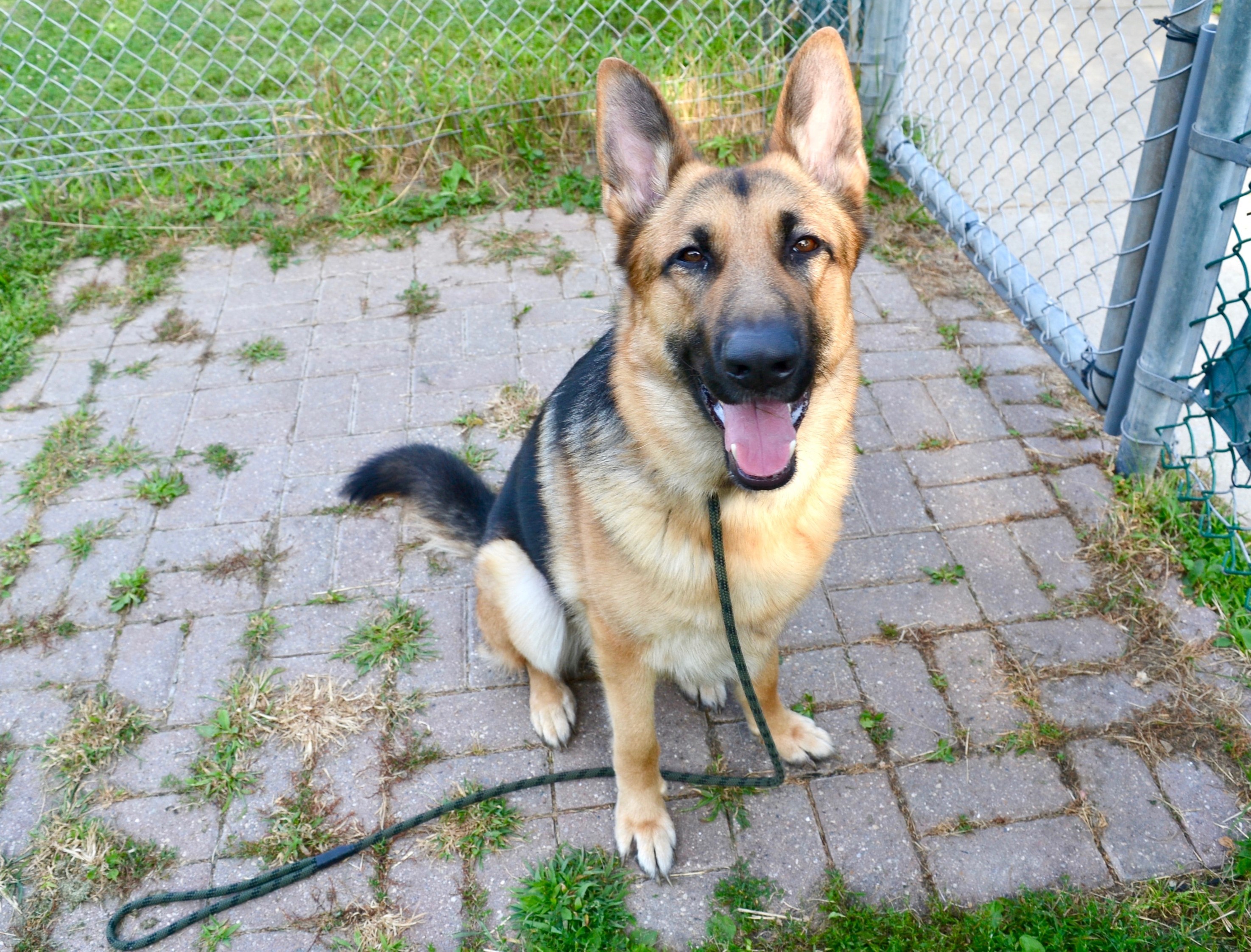
It’s All About Context, Correlations, and Timing
“Dogs are incredibly smart, but they’re very contextual, so they don’t understand things automatically in different situations,” says Nikki. “It’s why dogs don’t understand something like ‘no’ a lot of the time because we use it in a lot of different situations, and it’s not the same every time. It doesn’t have a predictable quality.”
If scolding happens as little as 30 seconds after the act, the dog may not correlate it with what the human intends. It’s not that they don’t remember, the dog usually associates the scolding with the exact last thing it did, Nikki says. If a dog went potty in the house a minute ago and has since walked around, came over to you, and drank some water, using the bathroom is already too long ago for there to be a correlation.
“If we can be clear and have good timing with training, they will understand so much quicker,” Nikki says. “There‘s also correlations that they make that we don’t necessarily intend.”
For example, let’s say your dog is a few houses over and you’re calling it to come to you, but the dog is not returning. After several more calls, the dog finally comes and you immediately express disappointment and frustration.
“In their mind, they just came, and then you yelled at them,” says Nikki, adding that the dog will hesitate more in the future, because when they did come when called, something bad happened.
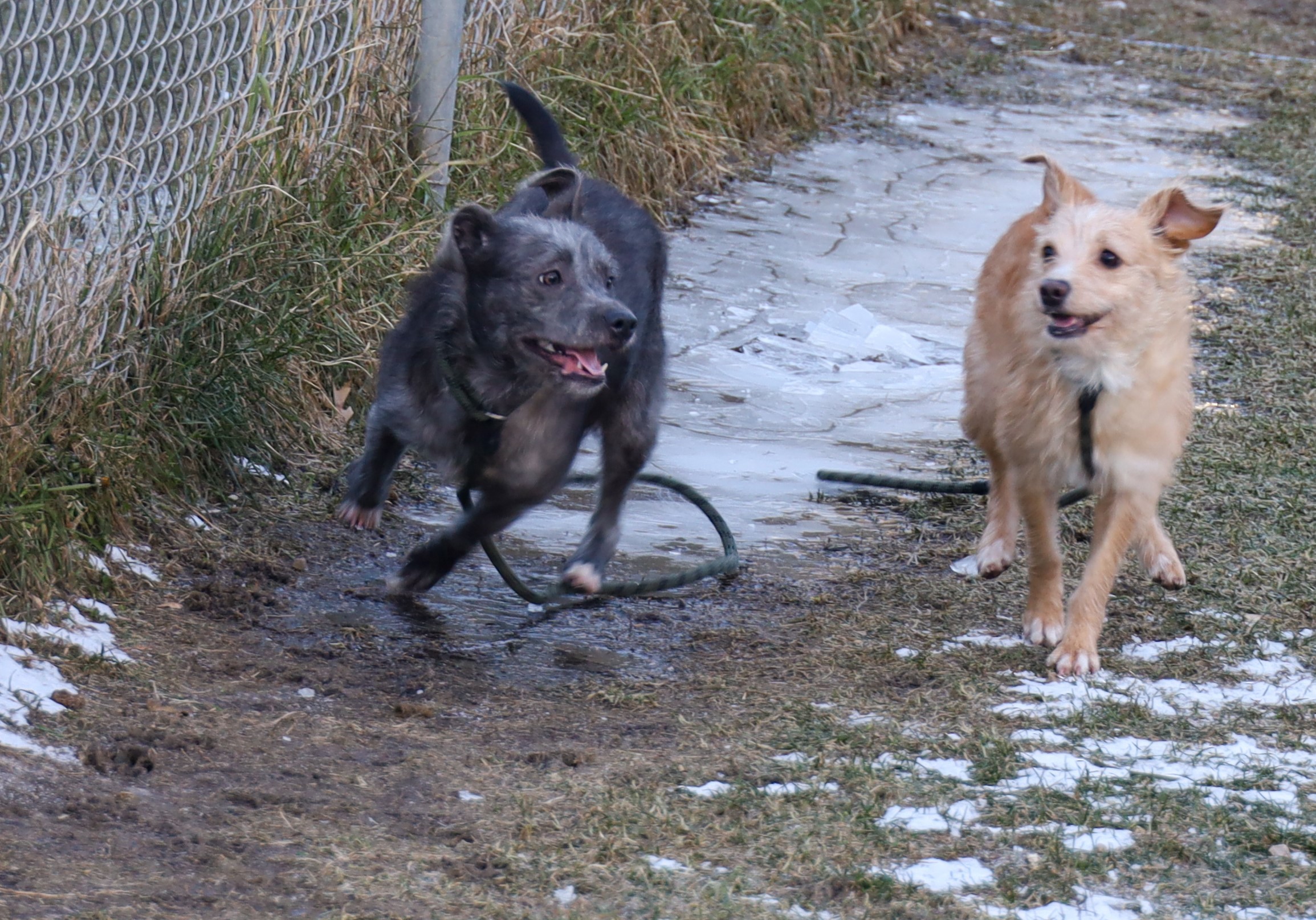
Training AND Management
“Management and training work in concert together. If it’s not working right now, use management until the training is in place,” Nikki says. In some cases, “management is sometimes the only solution you need.” Management is changing the environment to prevent the dog from doing the undesirable behavior.
Some may think it’s lazy, but it’s not, Nikki says. “The management solution is sometimes much easier.”
For example, if your dog likes to steal food from the table, either crate or fence off the dog when you eat until the dog is trained to go to a mat during mealtime. If the dog likes to pull toilet paper off the roll, the management solution is to keep the bathroom door closed. If the dog gets into the garbage, move the garbage can to a more secure location.
“A lot of times, dogs will do something because they have practiced it a lot. Sometimes they’ll outgrow it if they can’t practice it at all,” Nikki says.
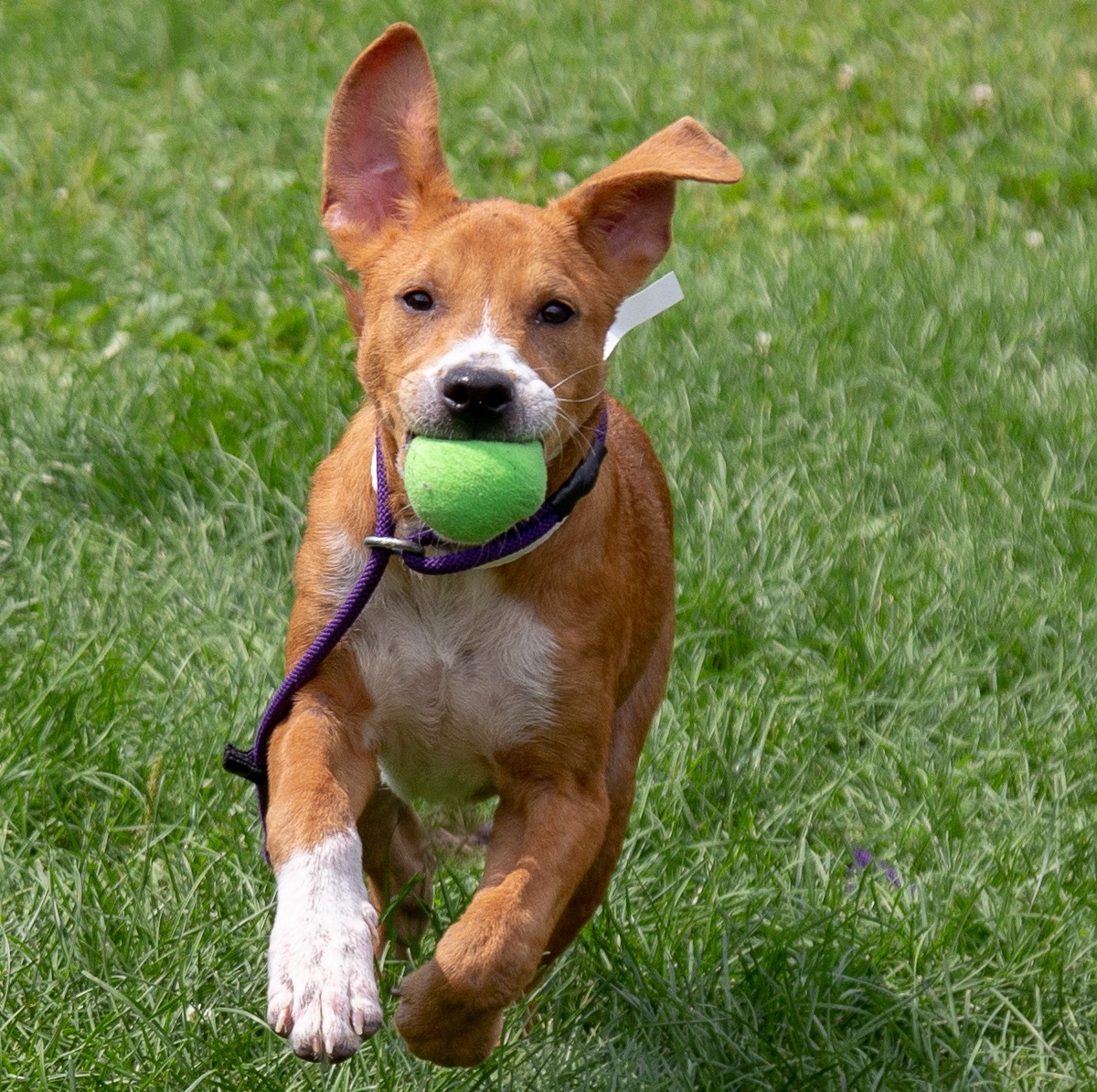
Positively Enrich the Dog’s Mind
“Mental exercise in the form of enrichment is as important as physical exercise,” says Nikki.
Nikki doesn’t feed dogs using food bowls. Instead, she uses puzzle toys, either purchased or homemade. Some examples of homemade food enrichment include wrapping the food in a towel so the dog needs to figure out how to get it out, putting food in a paper towel tube and pinching off the ends, or placing food around the house as a scavenger hunt.
Mental enrichment can tire them out, she says. Trick training is a great form of enrichment that can keep dogs chill and help build your relationship with them.
Sleep is also important. Nikki says a lot of dogs were going crazy at the beginning of the pandemic because their family was home all the time. Dogs need to sleep for a few hours midday. Otherwise, they get “toddler tired,” she explains.
Things to Remember
Living with dogs has ups and downs as we try to navigate an interspecies relationship. If you ever have questions about behavior, please don’t hesitate to reach out to a qualified professional who uses positive reinforcement based methods.
Dog Training Tips
Certified Dog Trainer Nikki Darga shares some tips to keep in mind while working with your best pup on training.
Potty Training
Teaching Recall
Solve an Issue with a Cue
Stop Dogs from Biting Furniture, Other Items
Let’s Make a Trade
